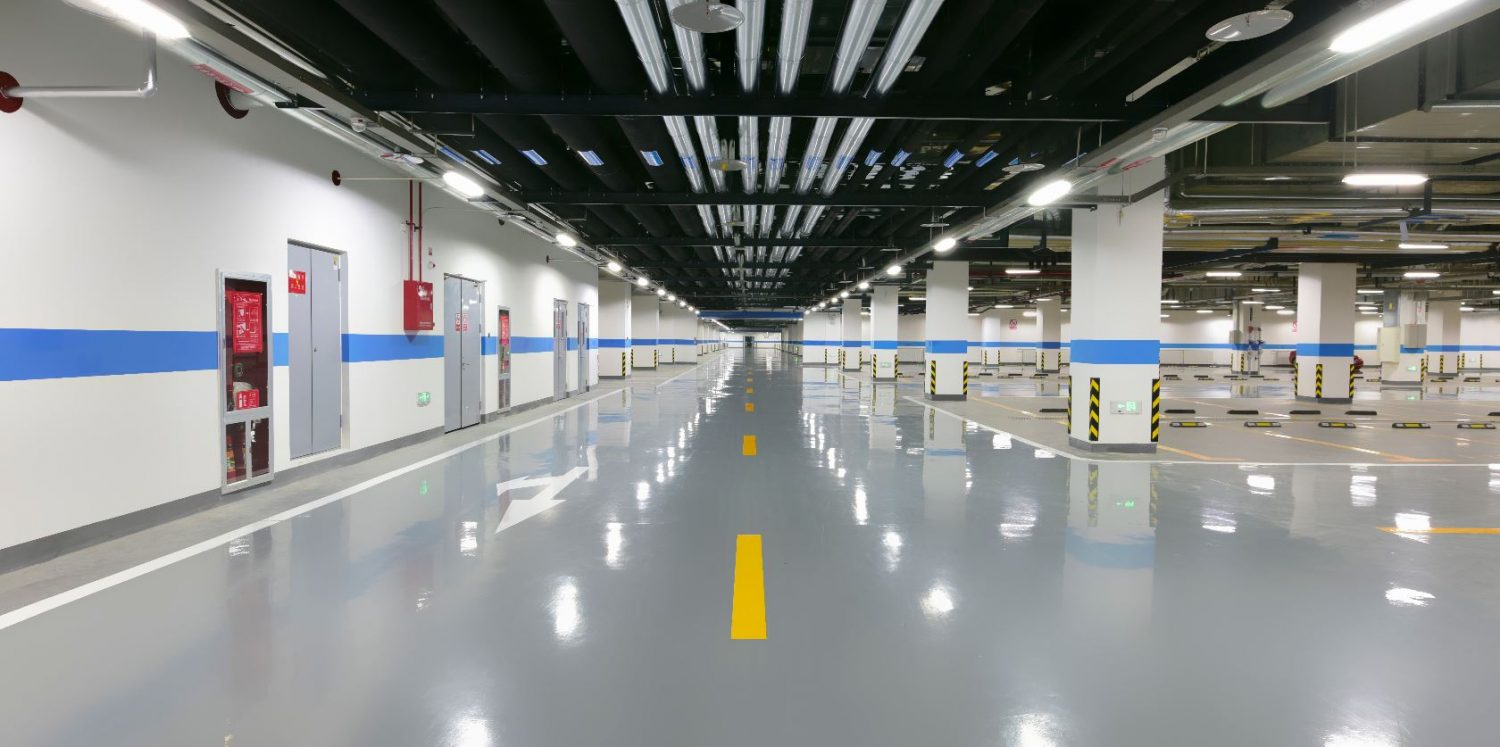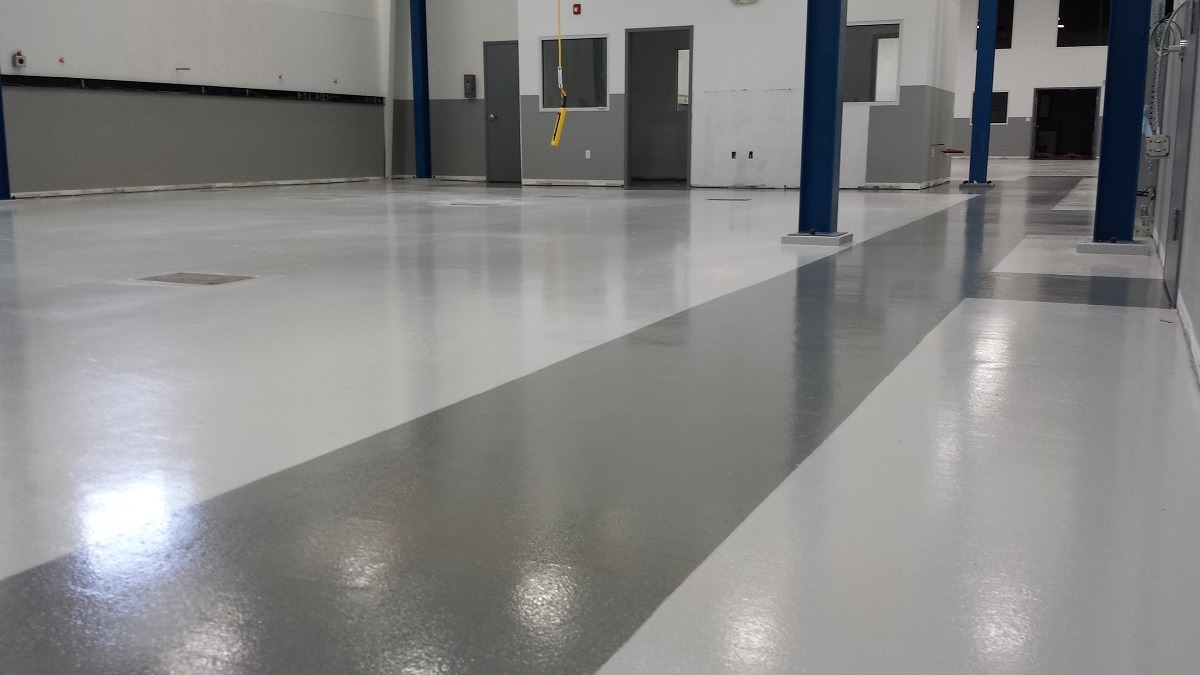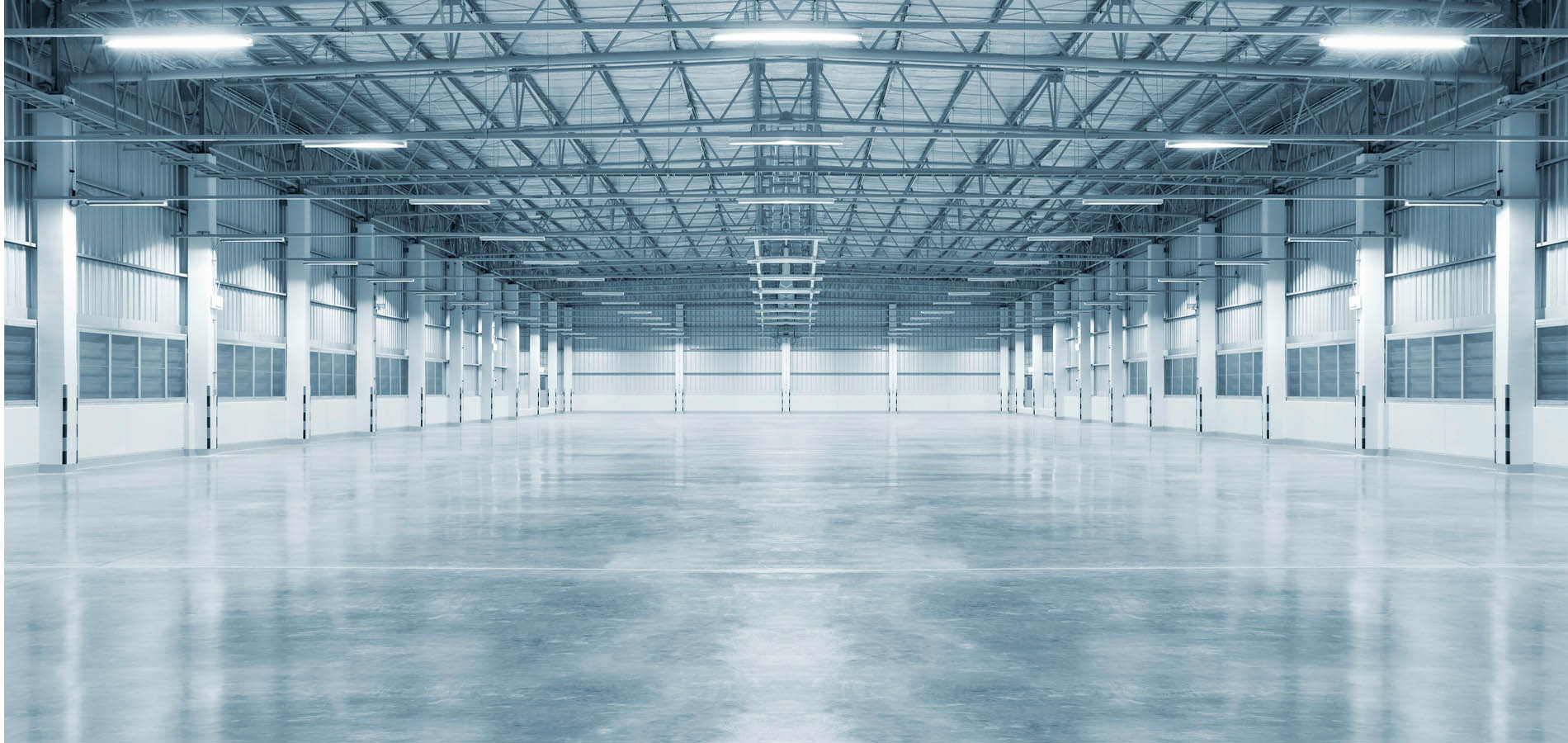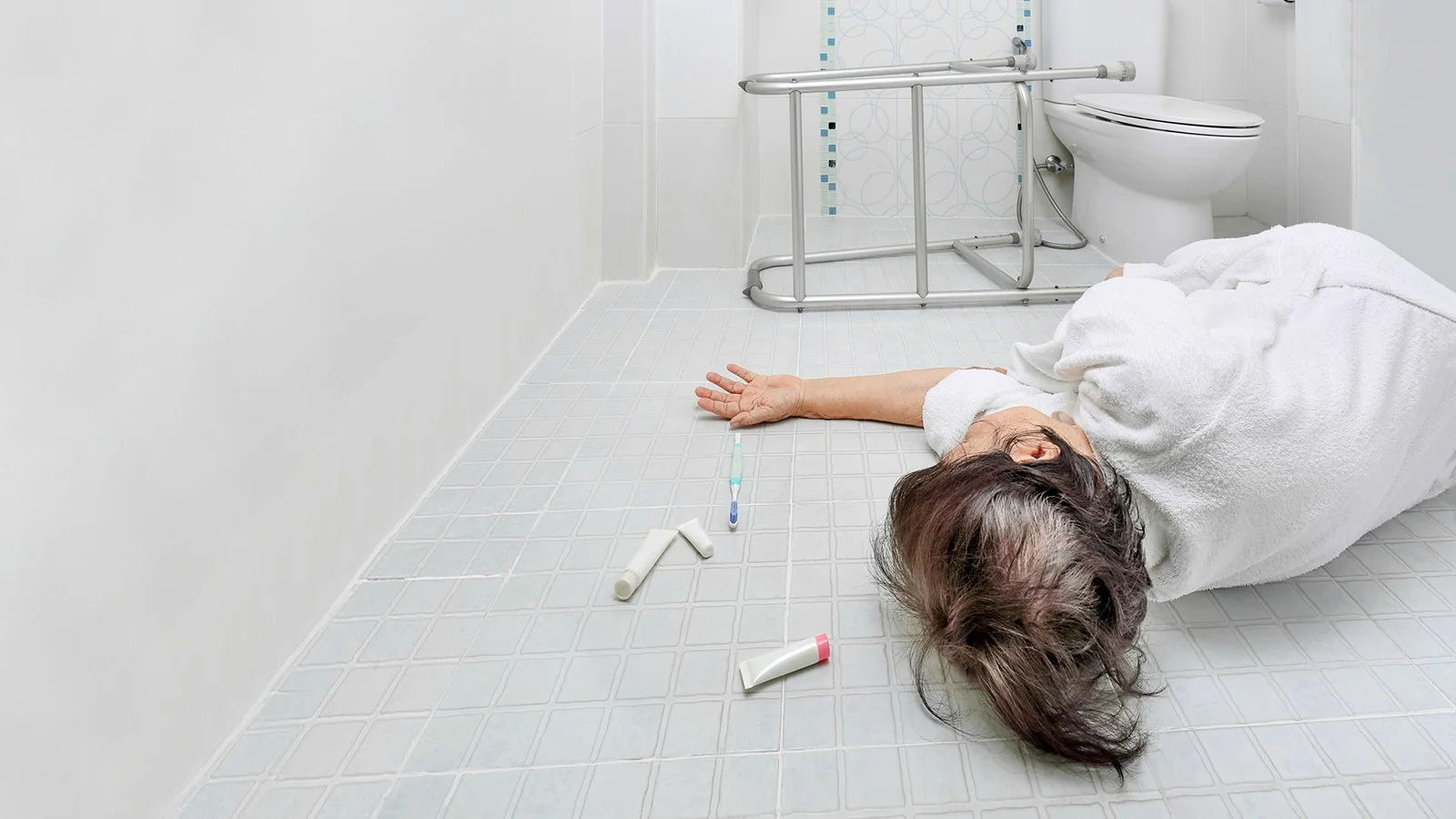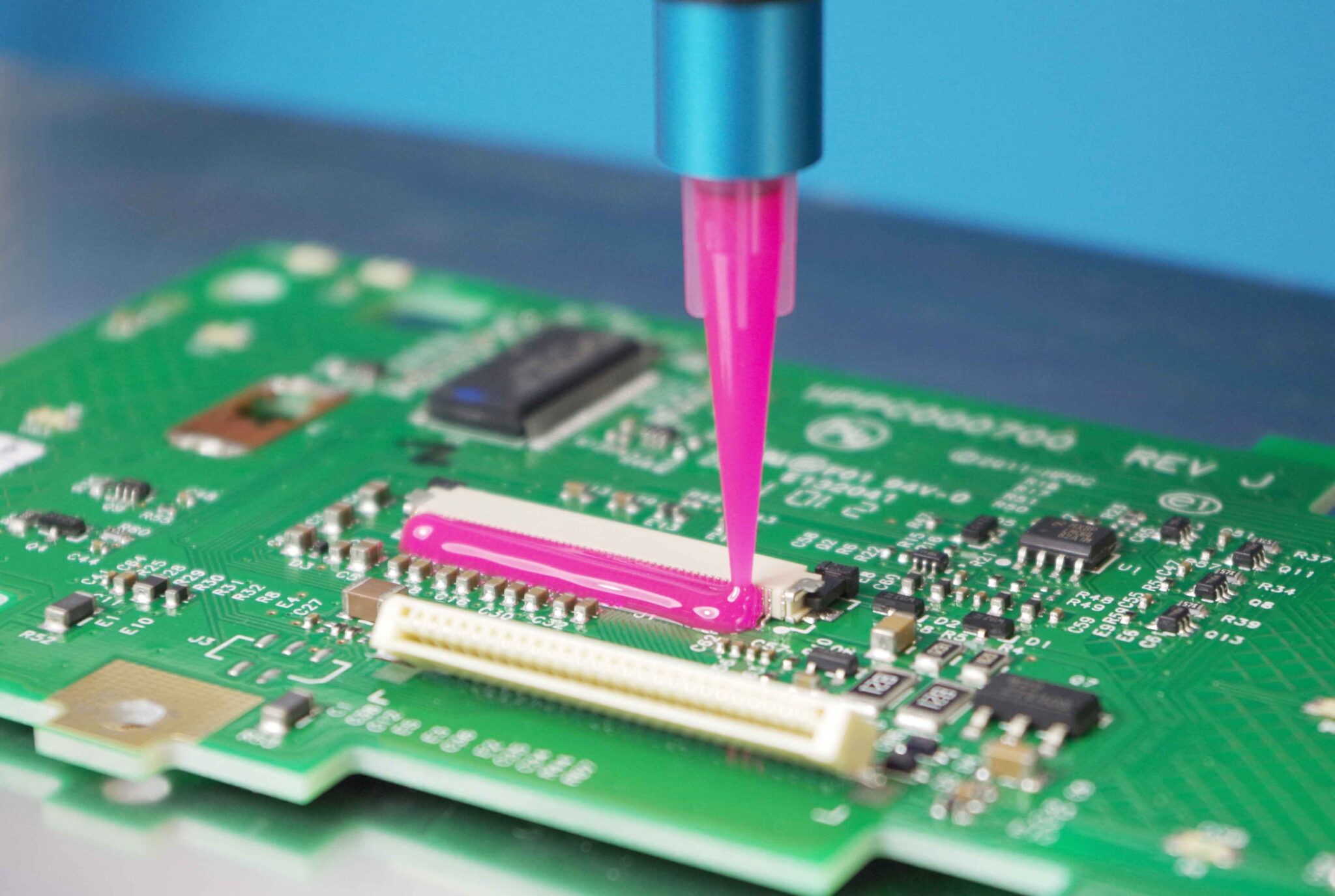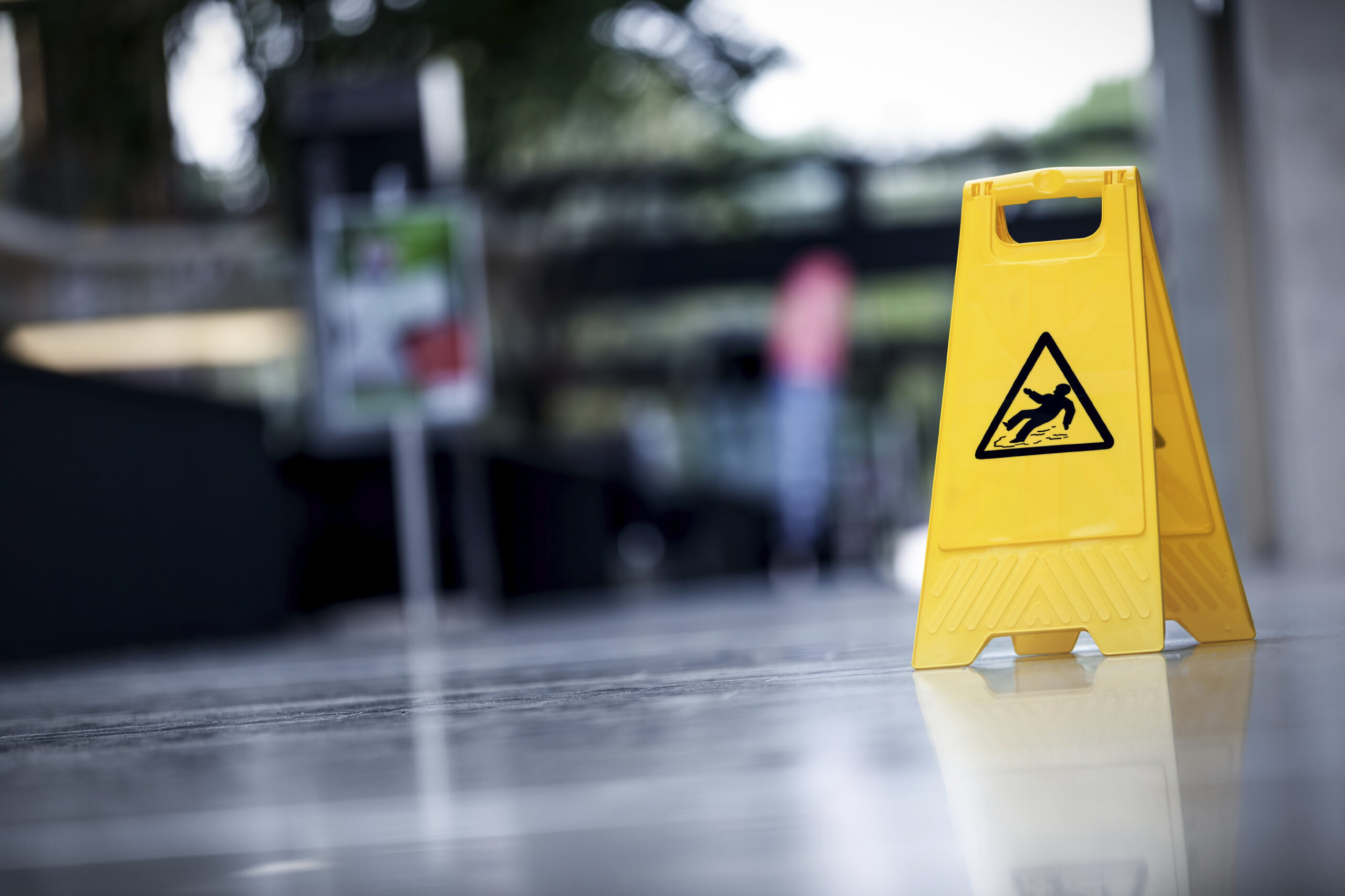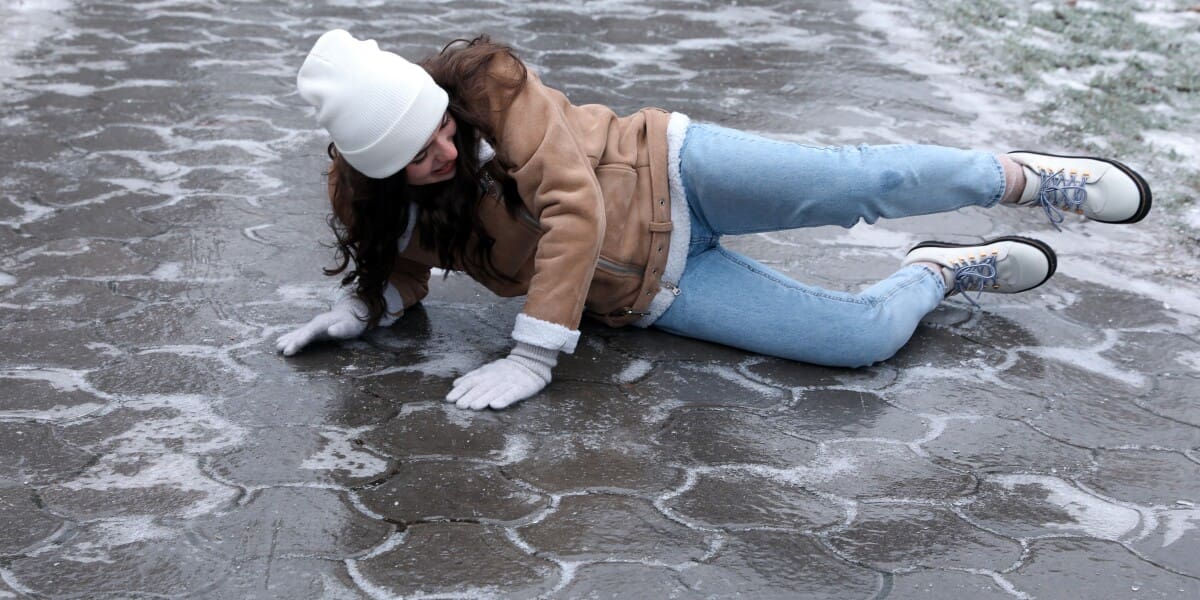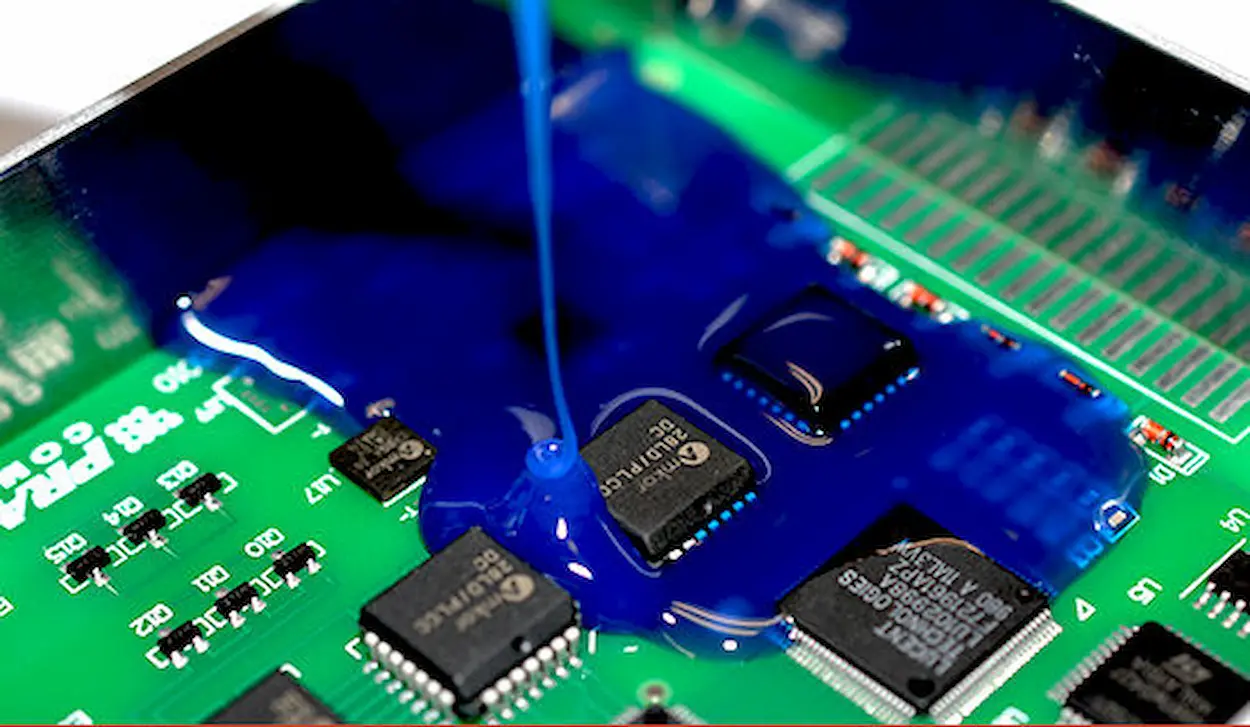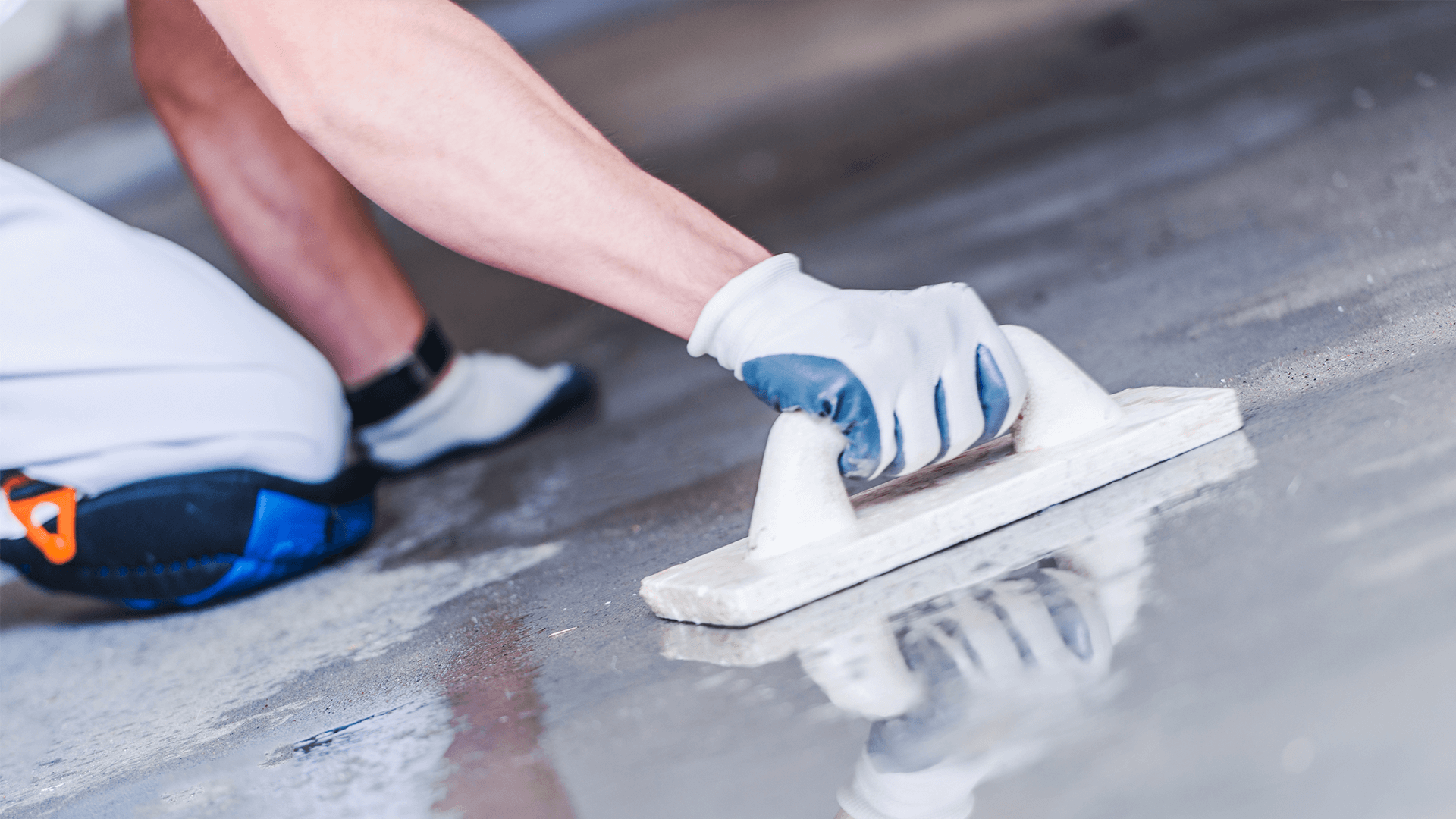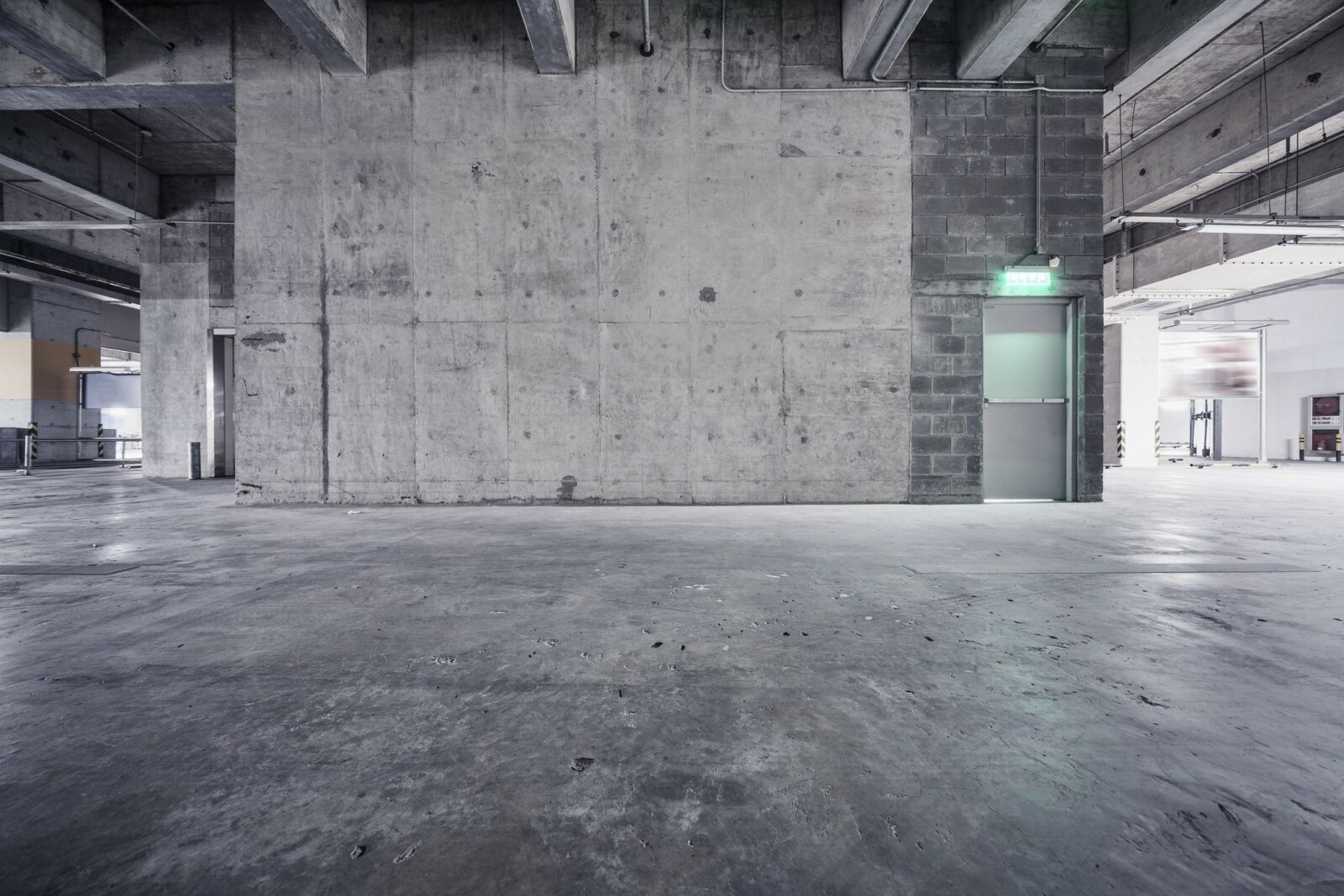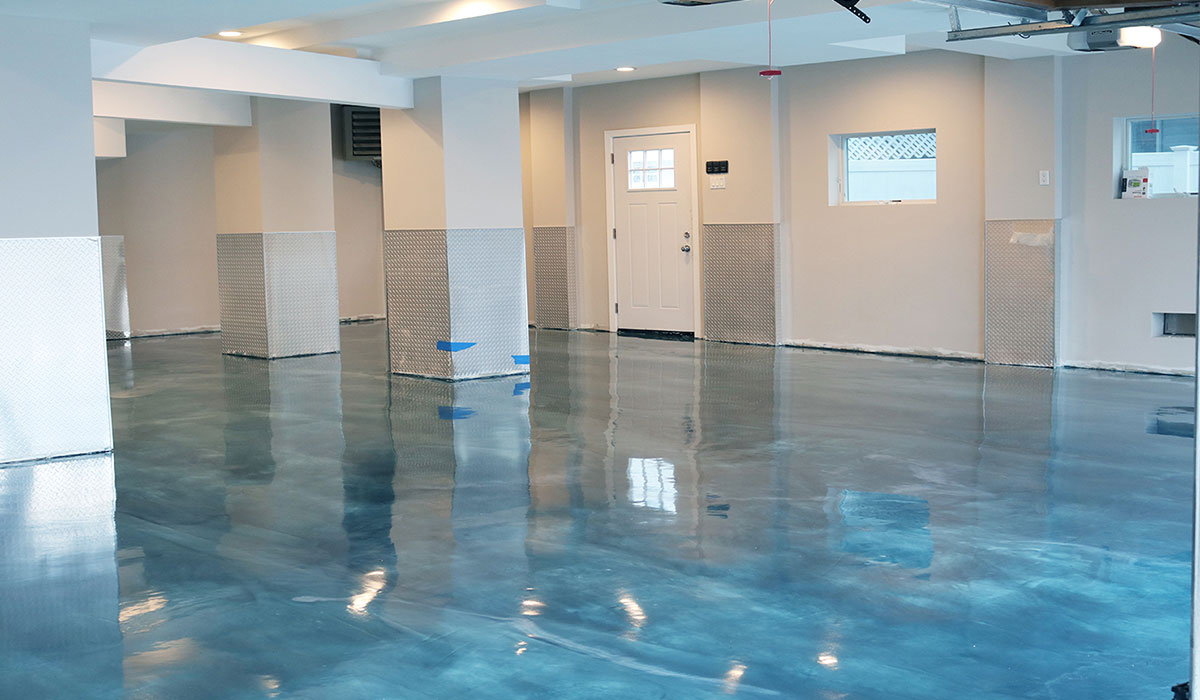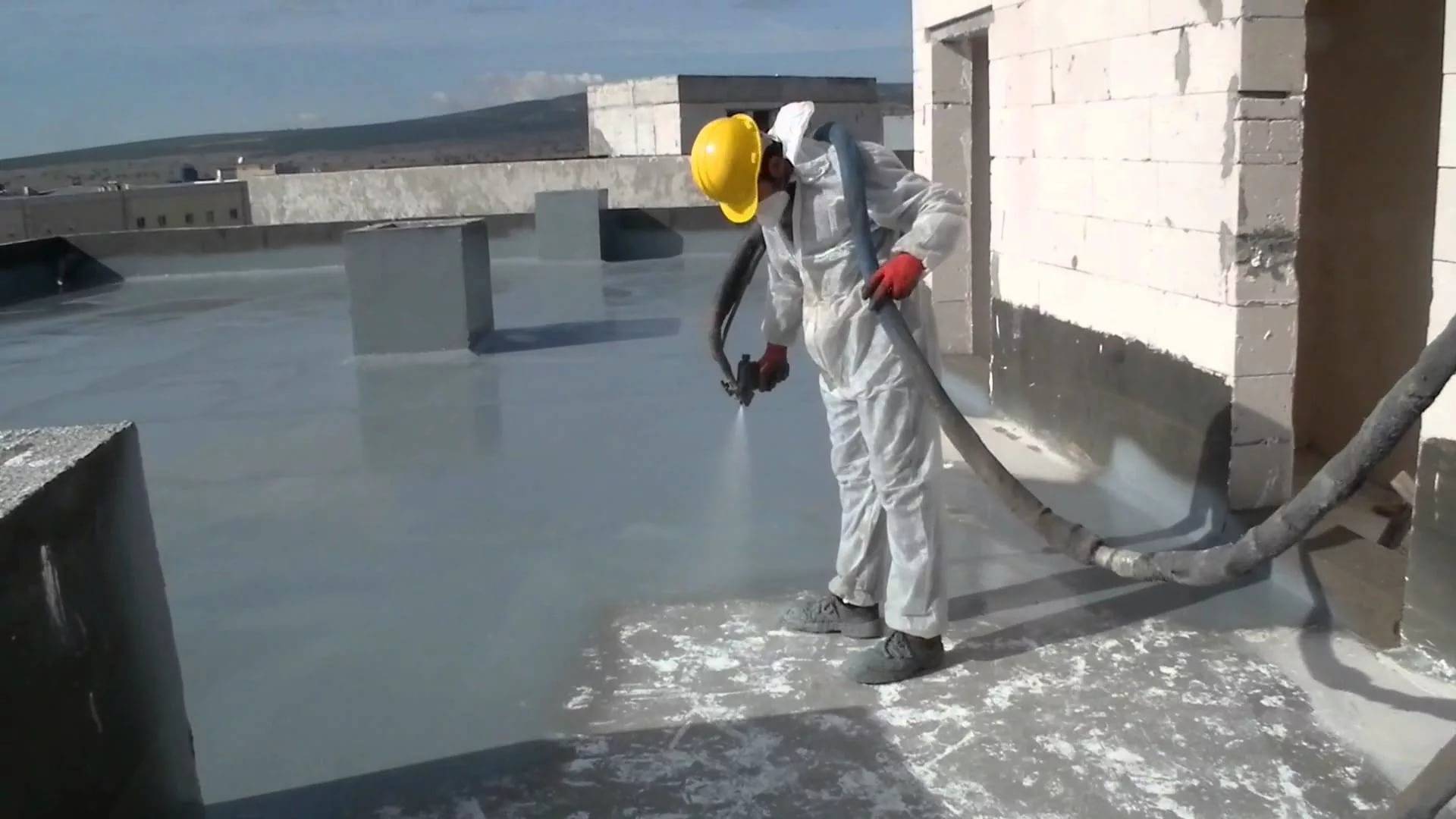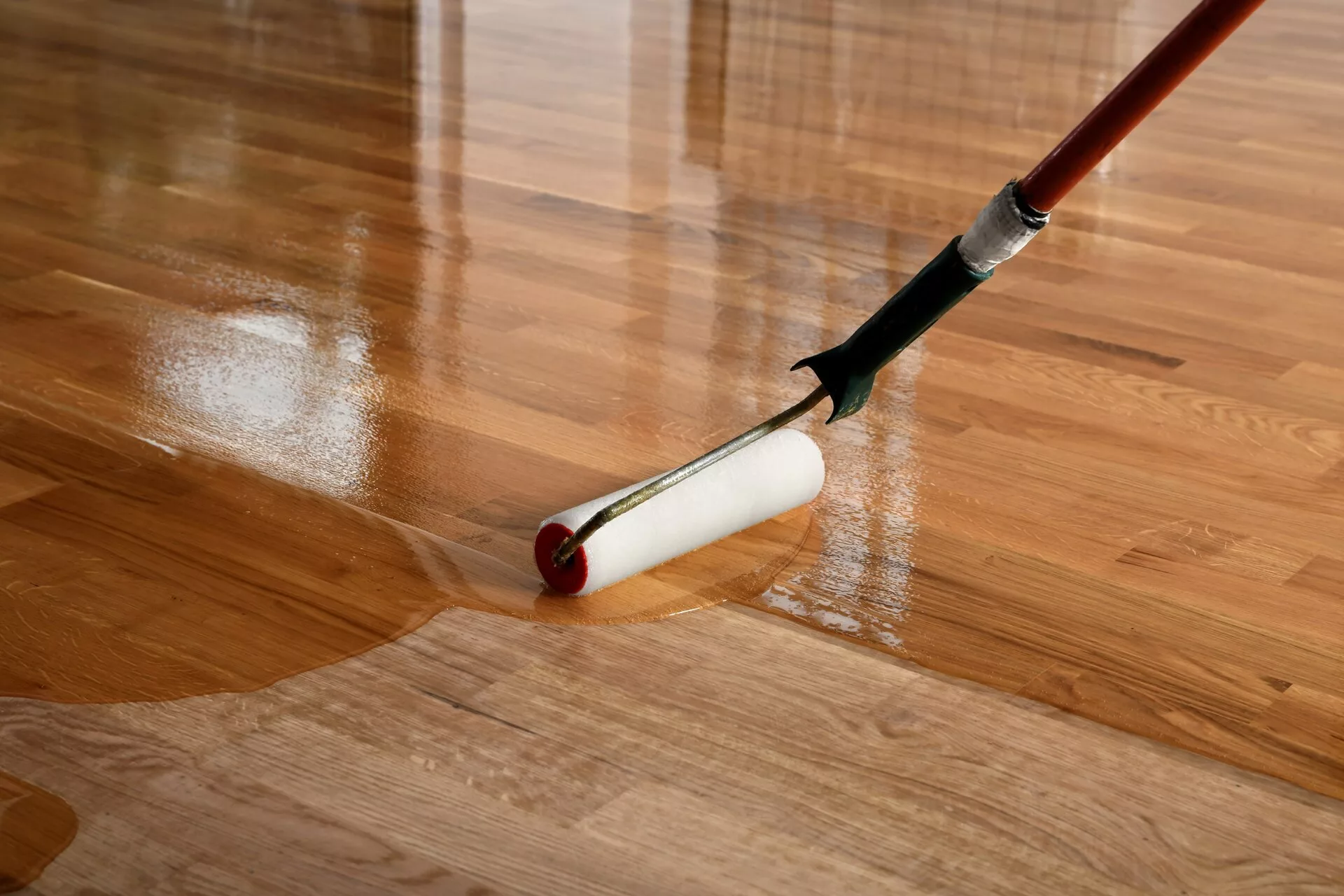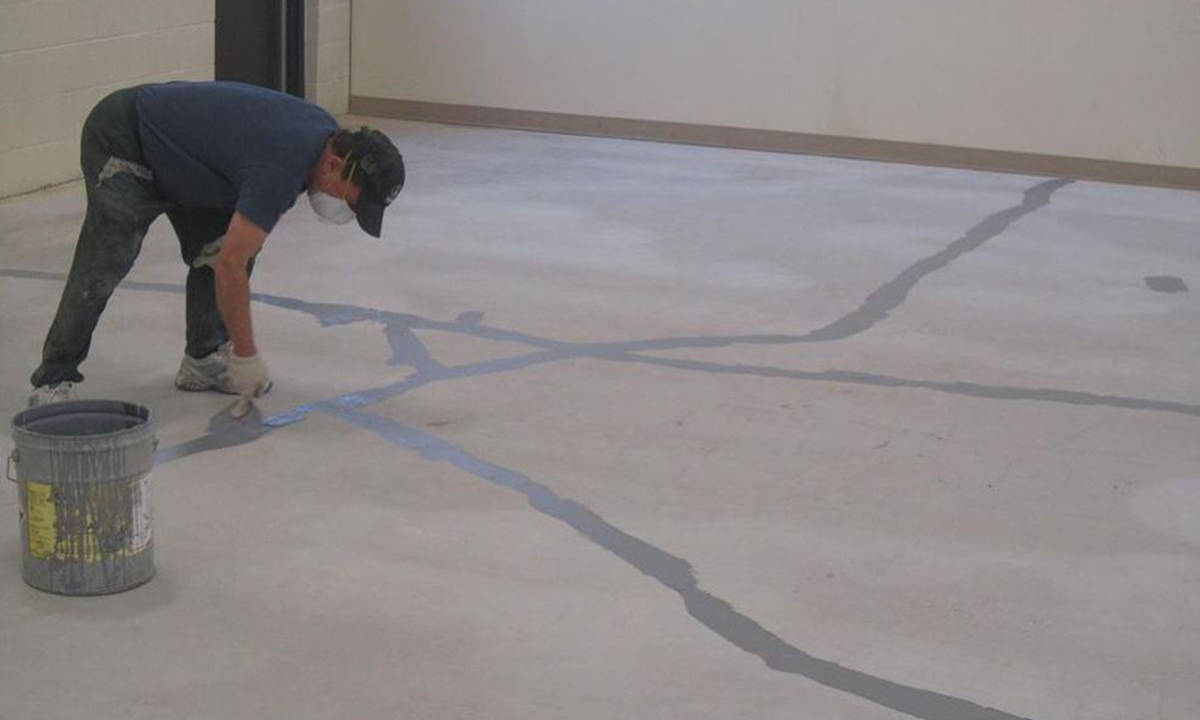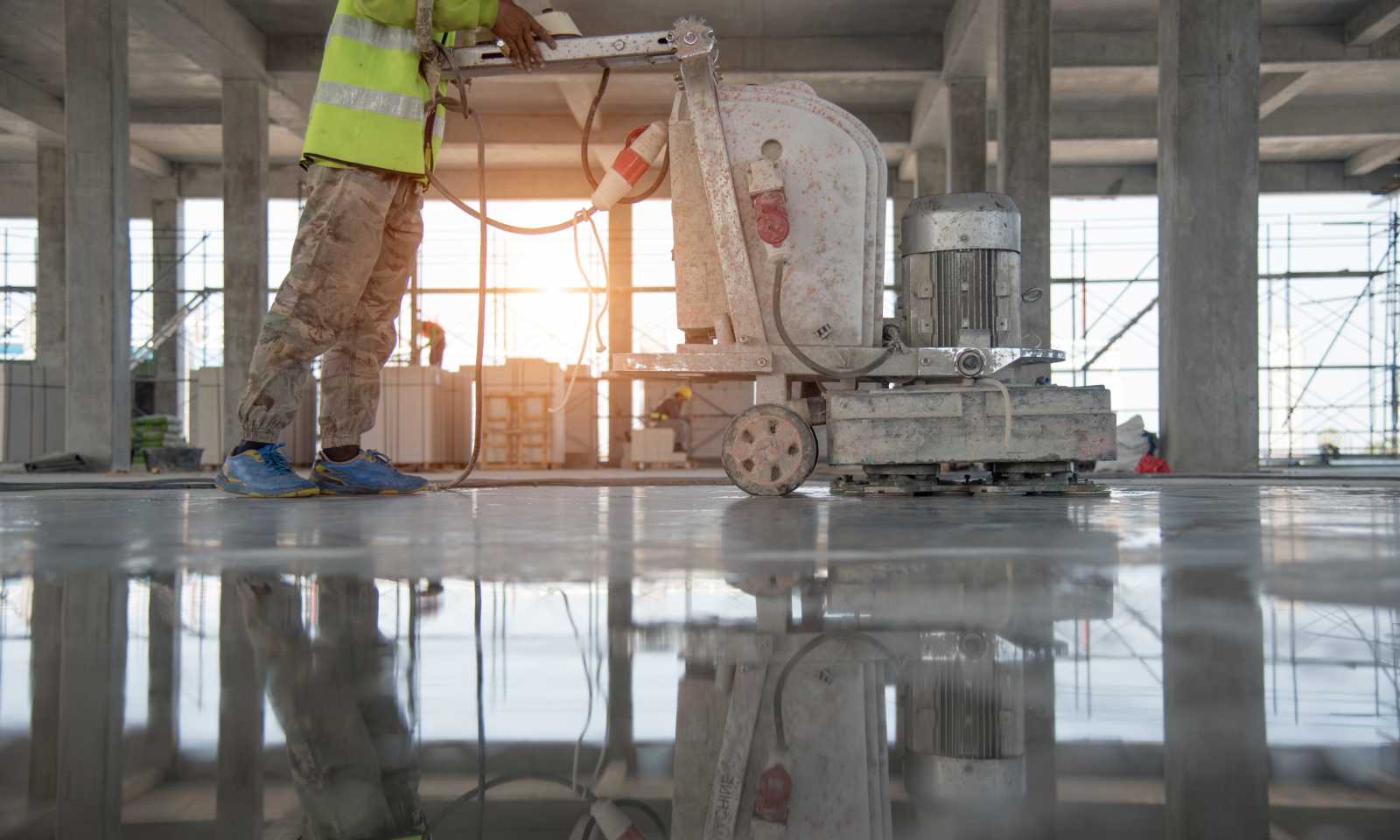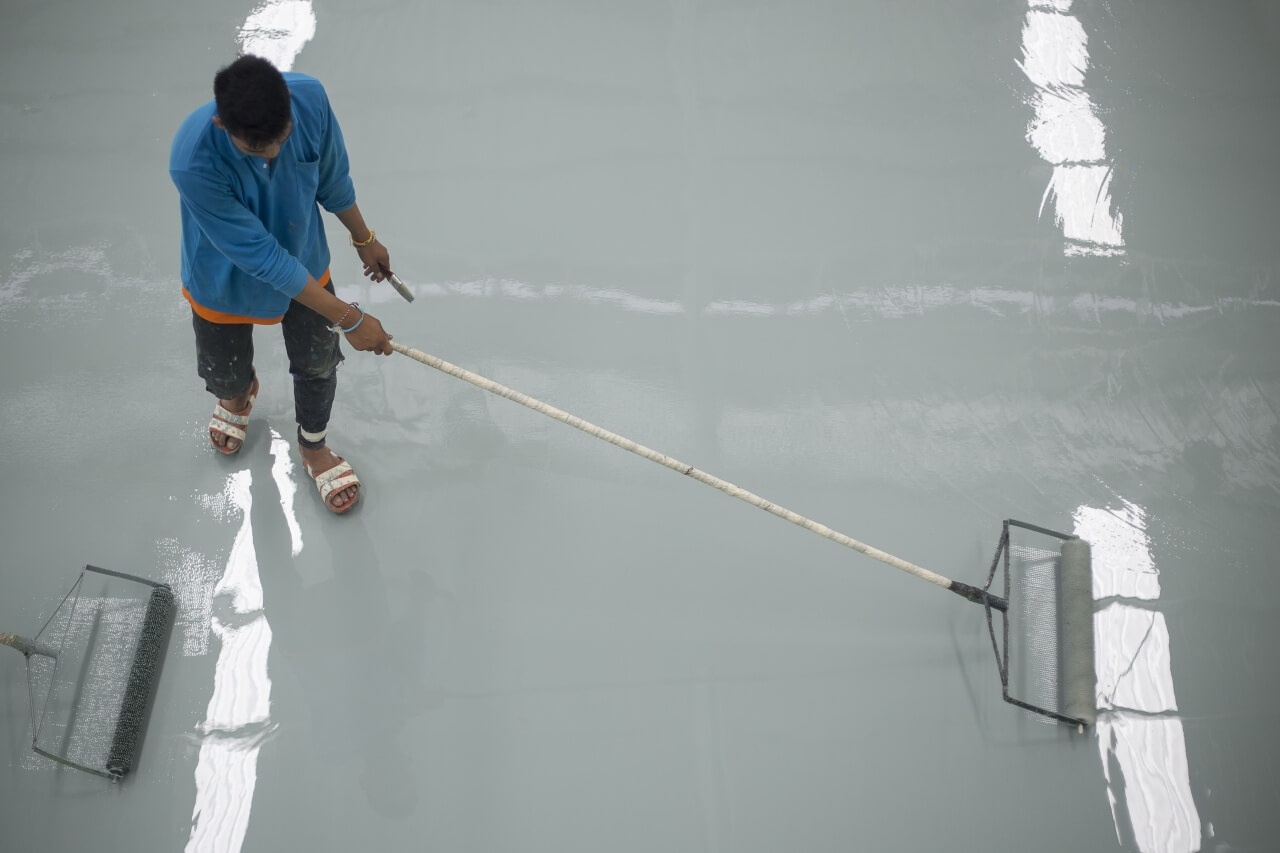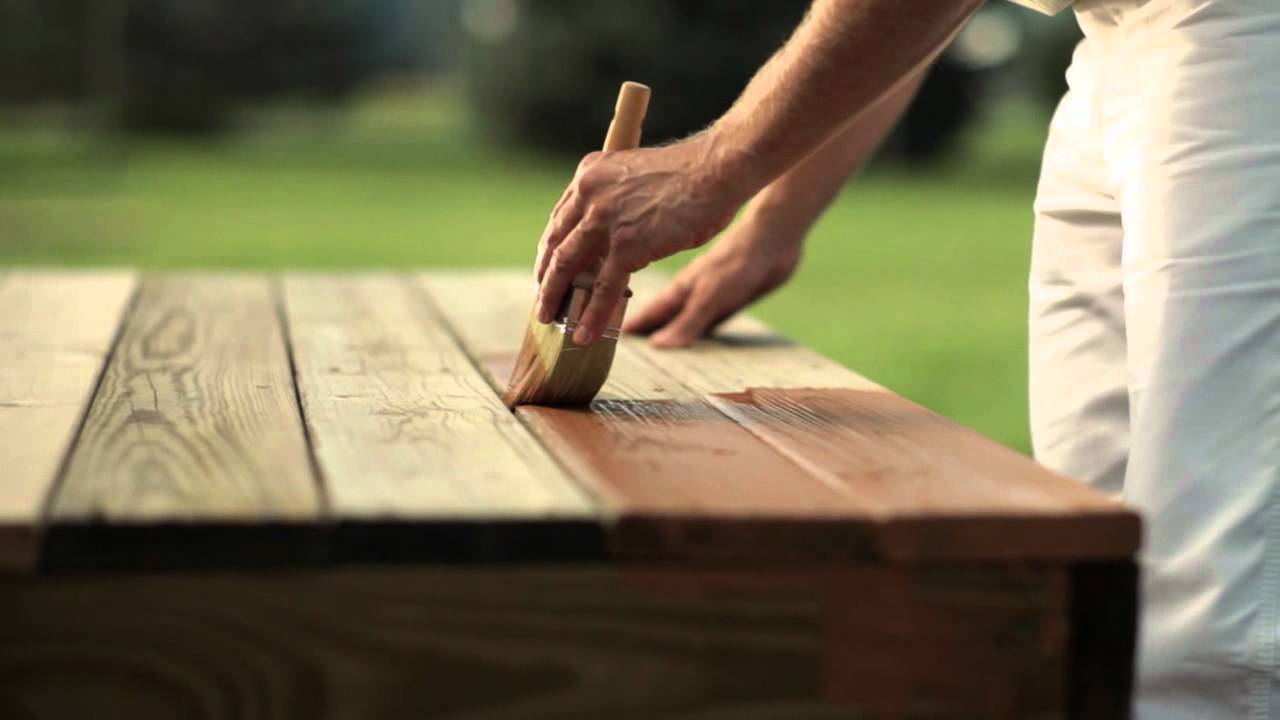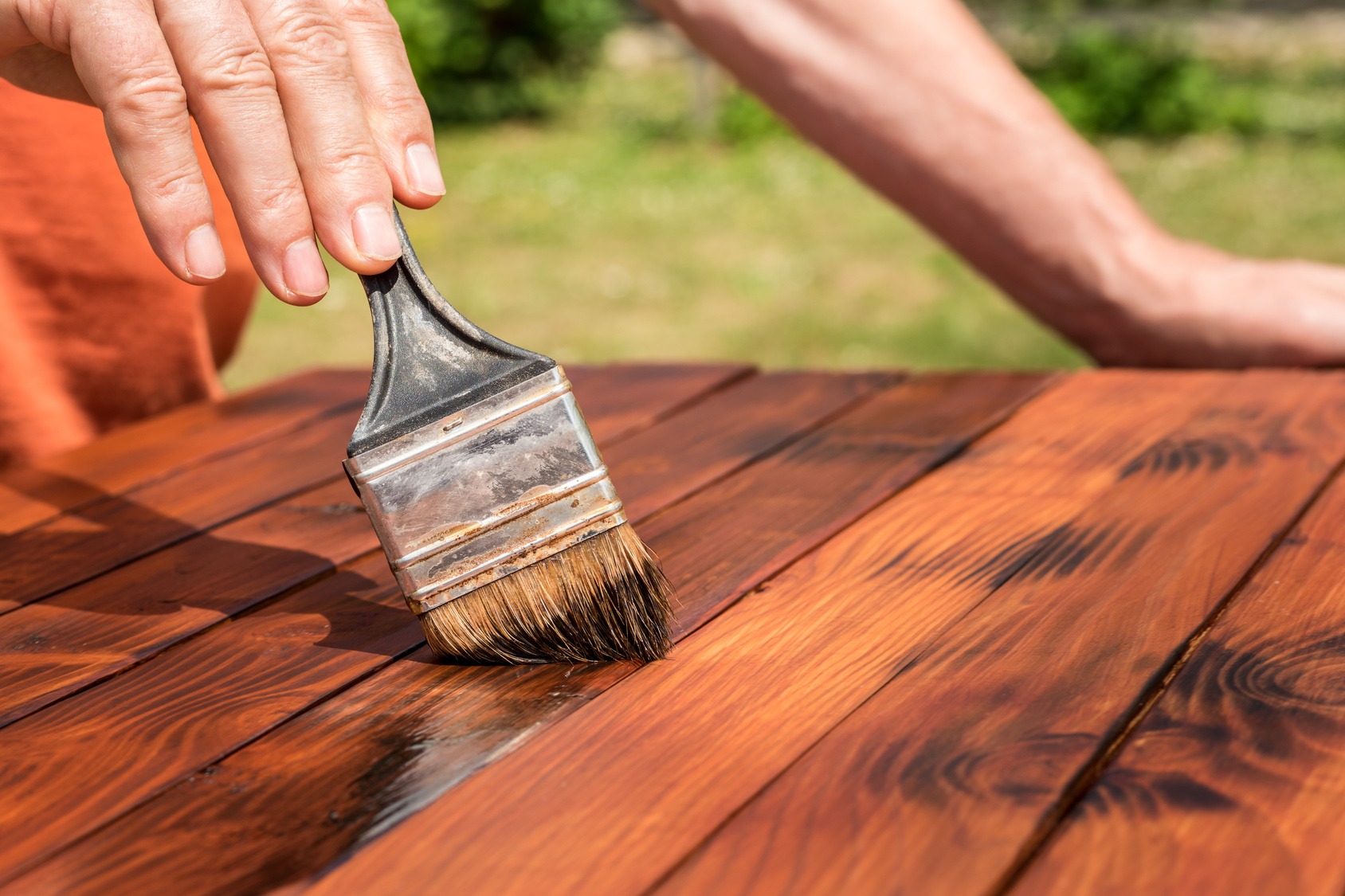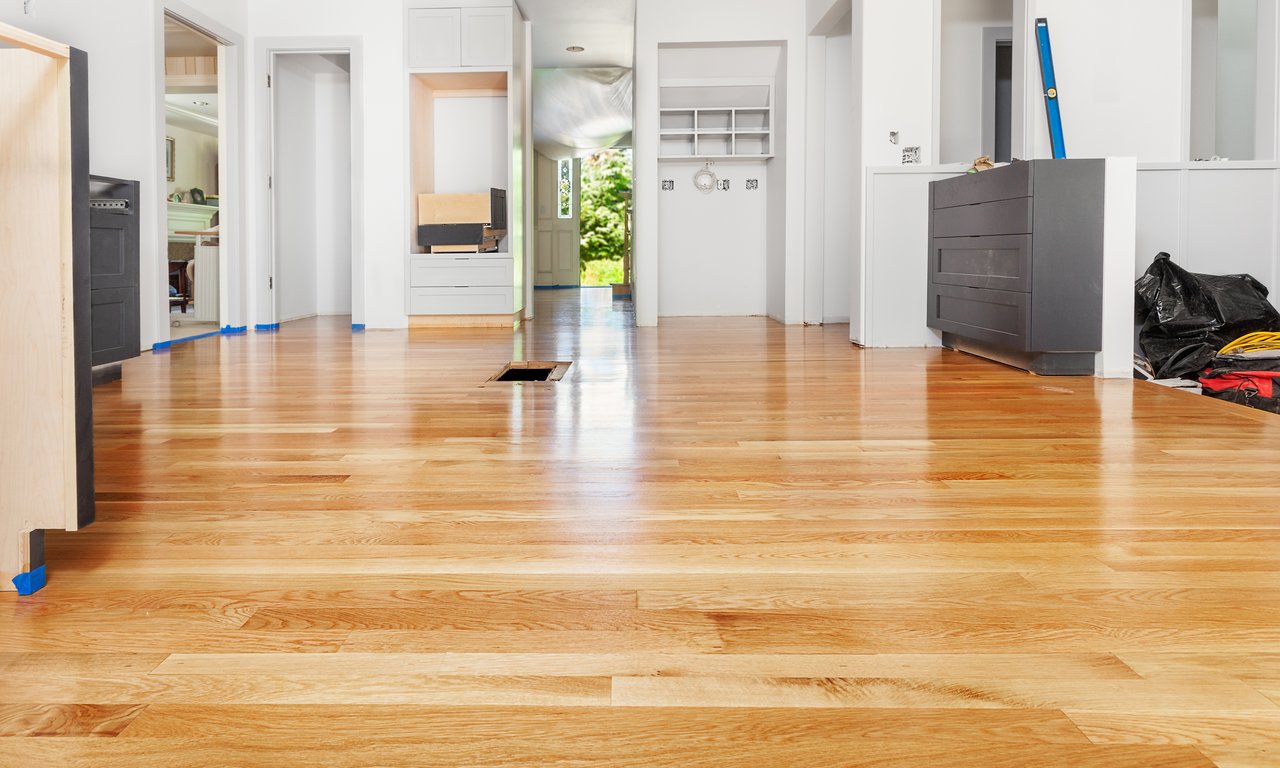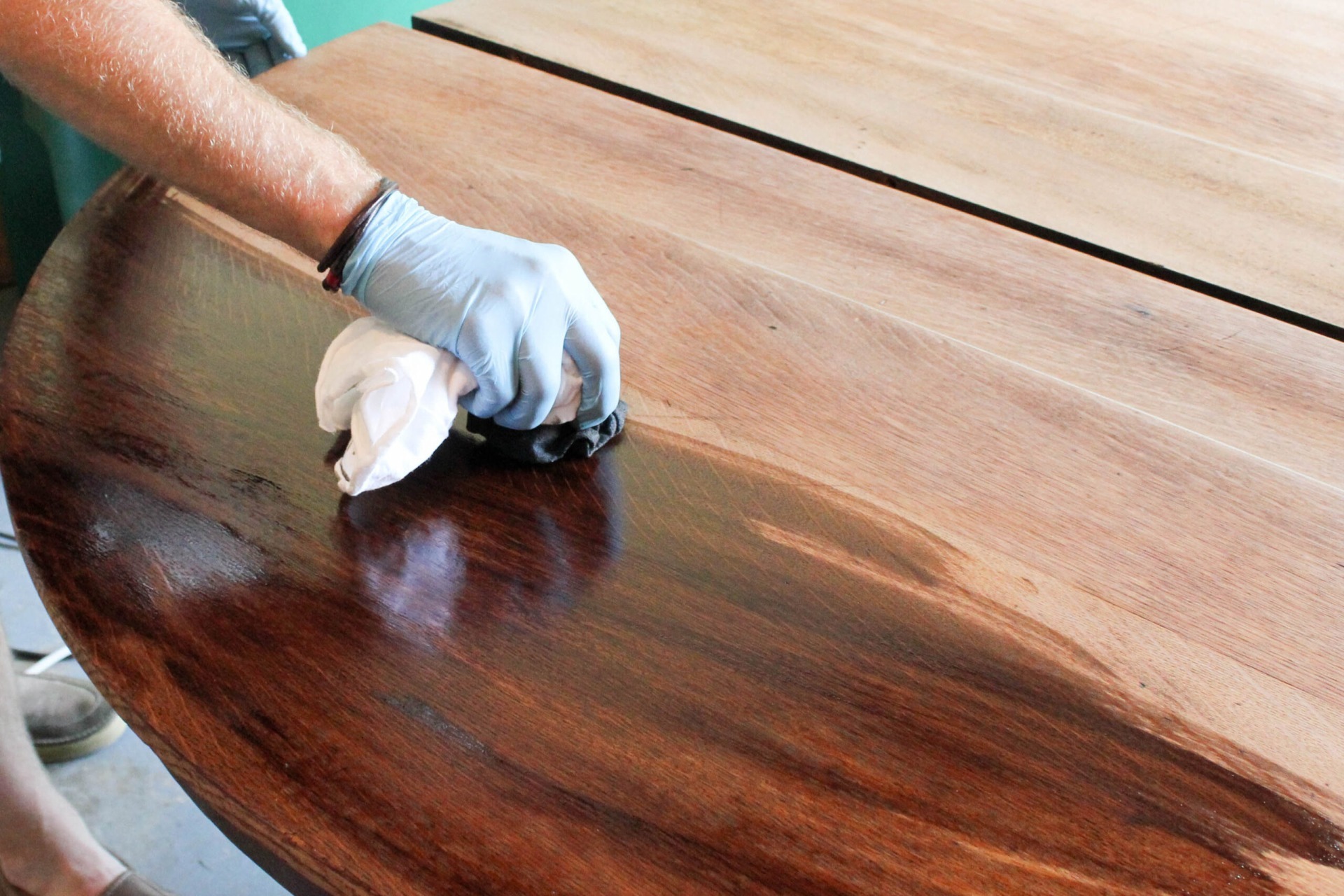A Guide To Make Your Floors Slip-Resistant
Making floors less slippery is super important to stop accidents. Preventing slips and falls is important to keep people safe. There are a few ways to make floors less slippery. One way is by adding something to the floor. Another way is by changing the floor's surface. Both of these methods help to make walking safer. You can also use a special coating that decreases slipperiness. This coating acts like a shield, protecting people from falling. It's called slip resistance coating a great way to keep floors safe.
Anti-Slip Floor Coatings
Anti-slip floor coatings make the floor rough so people don't slip. When floors are slippery, people can fall and get hurt. Slip resistance coating creates tiny bumps on the floor. These bumps help shoes grip the floor better. When shoes grip the floor, people are less likely to fall. It's important to have these coatings in places where lots of people walk. They keep everyone safe from accidents and injuries. So, anti-slip coatings help make floors safer to walk on.
Types Of Coatings
-
- Epoxy-based coatings: These are durable and tough.
- Acrylic sealers: They are easier to apply.
Application Methods
-
- Epoxy coatings: Apply evenly with a roller or brush.
- Acrylic sealers: Similar to painting, use a brush or roller.
Where Anti-Slip Coatings Are Commonly Used
Anti-slip floor coatings are used in places like kitchens, bathrooms, and outdoor walkways. They help prevent slipping and falling, making these places safer for everyone. These coatings are common in some places. There's a risk of accidents on wet or smooth floors. Spills often happen in kitchens. Anti-slip coatings reduce the chance of slipping on the slick surface. They also help in outdoor areas. There, rain or snow can make surfaces slippery. The coatings provide needed traction for safety.
Non-Slip Mats And Rugs
Non-slip mats and rugs are special because they help stop slipping. They are great for places like bathrooms and kitchens where floors get wet. These mats are made to stop slipping and sliding. You can put them in places where people walk a lot. In the kitchen, by the sink or stove, or in the bathroom near the shower or bathtub. They catch spills too, which is handy. These mats make floors safer for everyone. Just put them in spots where slipping might happen, and you're good to go!
Selecting Non-Slip Mats And Rugs
Consider Safety First:
Prioritize mats and rugs that offer good grip. They prevent slips and falls. This is especially true on smooth surfaces like hardwood or tile floors.
Know Your Floor Surface:
Different floor types require different materials. For carpets, choose rugs with non-slip backing. Rubber-backed mats are good for hard surfaces.
Check For Durability:
Choose mats made from tough materials. They can withstand regular use and keep their grip over time.
Test Grip Levels:
Before purchasing, press down on the mat to assess its grip. Look for labels indicating slip resistance, opting for higher ratings for better safety.
Avoid Worn-Out Grips:
Ensure the mat's grip is still effective and not worn out. Avoid mats that slide easily, as they may pose a risk of accidents.
Consider Size And Shape:
Choose mats and rugs that fit the space well. Consider their dimensions and the shape of the area they will cover.
Follow these tips. They will help you choose non-slip mats and rugs. These will make your home safer and prevent accidents.
Anti-Slip Tapes And Strips
Anti-slip tapes and strips help prevent slipping on surfaces by adding grip. They're easy to use and don't cost much. You can put them on stairs, ramps, or anywhere people might slip. These tapes and strips stick well and stay in place. They work by providing friction, which stops feet from sliding. This makes walking safer, especially in wet or icy conditions. You can find them in many places, like homes, businesses, and public buildings.
Installation And Maintenance Tips For Anti-Slip Tapes And Strips
Surface Preparation:
Ensure the surface is clean before applying tapes or strips.
Accurate Measurement And Cutting:
Measure and cut the tapes or strips accurately for proper coverage.
Even Application:
Apply the tapes or strips evenly and firmly to prevent air bubbles.
Regular Inspection:
Check regularly for signs of wear and tear to ensure effectiveness.
Prompt Replacement:
Replace any damaged or worn-out tapes or strips promptly.
Routine Cleaning:
Clean the treated surface regularly to prevent dirt buildup.
Caution In Use:
Exercise caution, especially when the surface is wet, to prevent slips and falls.
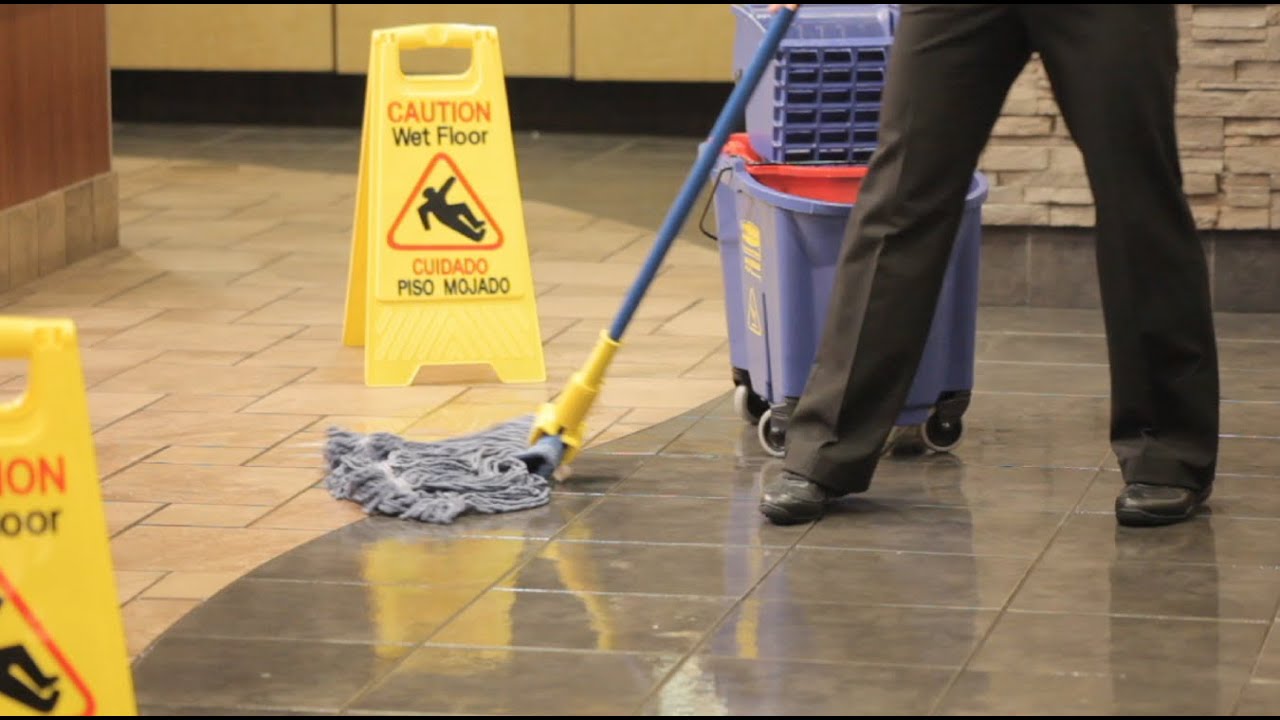
Polished Concrete With Anti-Slip Additives
Polished concrete floors look shiny and smooth. Yet, they are safe with an anti-slip coating. This coating helps prevent slips and falls. It is perfect for places like shops and warehouses. The coating is applied during the finishing process, ensuring durability. Anti-static floor coating also reduces static electricity, keeping the environment safe for electronics. Retail spaces have customers who walk into them. These spaces need to have floors that are both attractive and safe. Warehouses benefit too, as workers move heavy items around. Showrooms, where people browse products, also require a safe surface. These floors are easy to clean and maintain, saving time and money in the long run. Businesses can rest easy. Their floors are beautiful and protective. So, whether it's for looks or safety, polished concrete is a great choice. It has anti-slip additives.
Regular Maintenance and Cleaning:
Regular cleaning and maintenance are important to keep floors safe from slips. It's necessary to clean floors often to keep them slip-resistant. One important part of maintenance is using anti-static floor coating. This coating helps stop static electricity buildup, making slips less likely. Cleaning and maintaining floors often. This keeps them safe from slips for longer. It's essential to choose reputable coating manufacturers to ensure quality and effectiveness.
Regular Maintenance and Cleaning Tips for Safety:
Effective Cleaning Methods:
Use suitable products and techniques to remove dirt, grease, and other contaminants.
Preserving Slip Resistance:
Ensure cleanliness without compromising the floor's slip-resistance properties.
Use Anti-Static Floor Coating:
Incorporate an anti-static floor coating to prevent static buildup and maintain safety.
Consistent Maintenance Practices:
Adhere to regular cleaning schedules and maintenance routines to uphold safety standards.
Regular Maintenance and Cleaning Guidelines
Prompt Spill Cleanup:
- Clean up spills immediately to prevent accidents.
- Use appropriate cleaning materials for different spills.
Routine Inspections:
- Regularly inspect floors for potential slip hazards.
- Address any identified hazards promptly to maintain safety.
Use Of Anti-Static Floor Coating:
- Apply anti-static floor coating to reduce static electricity buildup.
- Enhances safety by minimizing the risk of electrostatic discharge incidents.
These measures keep floors clean and safe. They reduce the chance of accidents and injuries.





